|
Golden Apple Snails
| |||||||||||||||||||||||||||||||||||||||||||||||||||||||||||||||||||||||||||||
| Symptoms | |
Nature of damage
|
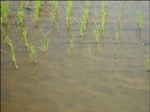 |
| Missing hills in transplanted paddy | |
 |
|
| Presence of snails in field | |
| Top | |
| Identification of pest | |
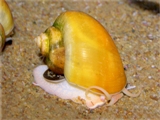 |
|
| golden Apple snail | |
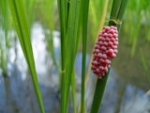 |
|
| snail egg | |
| Top | |
| Management Strategies | ||
Mechanical Control
|
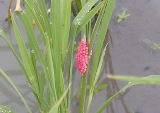 |
|
| Hand pick and crush the snail egg | ||
 |
||
| Collect and kill by mechanical action | ||
Cultural methods
|
 |
|
| Off season tillage to crush snails | ||
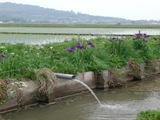 |
||
| Draining the field | ||
Chemical methods Molluscicides such as metaldehyde is recommended. |
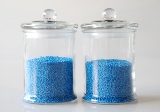 |
|
| Molluscicide-metaldehyde | ||
Biological methods
|
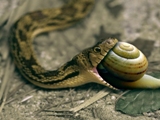 |
|
| Snake eating snail | ||
| Top | ||
